New rose garden
andreark
11 years ago
Related Stories

GARDENING GUIDESGreat Design Plant: Knock Out Roses
As glorious as their high-maintenance kin for a fraction of the work, Knock Out roses make even beginners look like garden stars
Full Story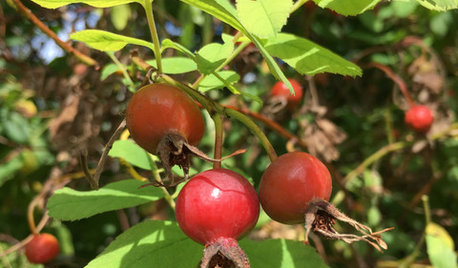
ROSESSmooth Rose’s Arching, Not-So-Thorny Canes Provide Beauty All Year
Plant Rosa blanda, native from the Great Lakes eastward, for its long bloom season, pollinator food and attractive red hips in autumn
Full Story
SPRING GARDENINGHow to Grow a Rose Garden in Pots
Everything can come up roses, even without a plot of soil in sight. This step-by-step guide to growing roses in containers shows you how
Full Story
WINTER GARDENINGPruning Secrets for Exquisite Roses
Encourage gorgeous blooms year after year with this time-tested advice on how to prune your rosebush in winter for health and shape
Full Story
GARDENING GUIDESGreat Design Plant: Sally Holmes Rose
This simple yet versatile climbing rose grows vigorously all year; plant now for abundant spring and summer blooms
Full Story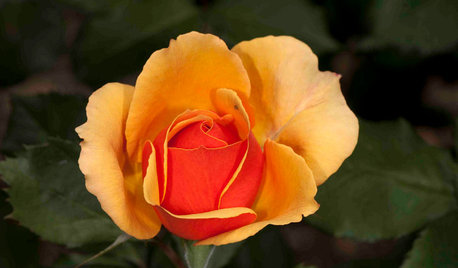
SPRING GARDENING5 Exotic Rose Colors for a Beautifully Different Garden
Give red a rest. Let these daring hues take the spotlight instead for a rose garden that turns heads
Full Story
GARDENING GUIDESWhat Kind of Roses Should You Grow?
Want to add the beauty of roses to your garden? Find out which ones, from old-fashioned to modern, are right for you
Full Story
GARDENING GUIDES6 Wonderfully Easy Roses for Any Gardener
Look like an expert even if you're just starting out, with these low-maintenance gems of the rose world
Full Story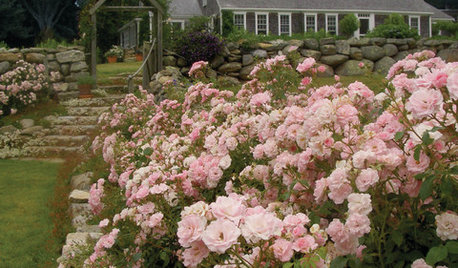
GARDENING AND LANDSCAPINGReimagine the Rose Garden
No need for boxlike bushes. Modern roses are breathtakingly beautiful mixed casually and with less formal shapes in the landscape
Full Story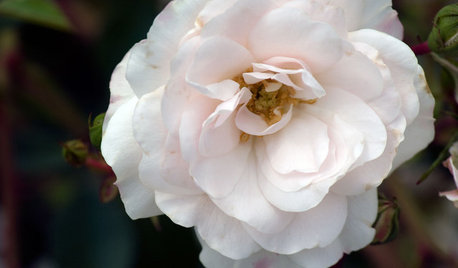
GARDENING GUIDES5 Favorite White Roses for a Purely Beautiful Garden
How does your garden glow? With roses that look like light and smell divine
Full Story






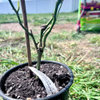
User
michaelg
Related Professionals
Ashburn Landscape Architects & Landscape Designers · Clark Landscape Architects & Landscape Designers · Quincy Landscape Architects & Landscape Designers · Richmond Heights Landscape Architects & Landscape Designers · San Juan Landscape Architects & Landscape Designers · Manchester Landscape Contractors · Edmond Landscape Contractors · Bergenfield Landscape Contractors · Eustis Landscape Contractors · Reedley Landscape Contractors · Rockland Landscape Contractors · University City Landscape Contractors · Woodland Landscape Contractors · Reisterstown Landscape Contractors · Casselberry Landscape Contractorsflaurabunda
michaelg
andrearkOriginal Author
roseblush1
andrearkOriginal Author
jerijen
andrearkOriginal Author
roseblush1
andrearkOriginal Author
jerijen
roseblush1
michaelg
andrearkOriginal Author
michaelg
jerijen
andrearkOriginal Author
roseblush1
andrearkOriginal Author
michaelg
andrearkOriginal Author
andrearkOriginal Author
andrearkOriginal Author
jerijen